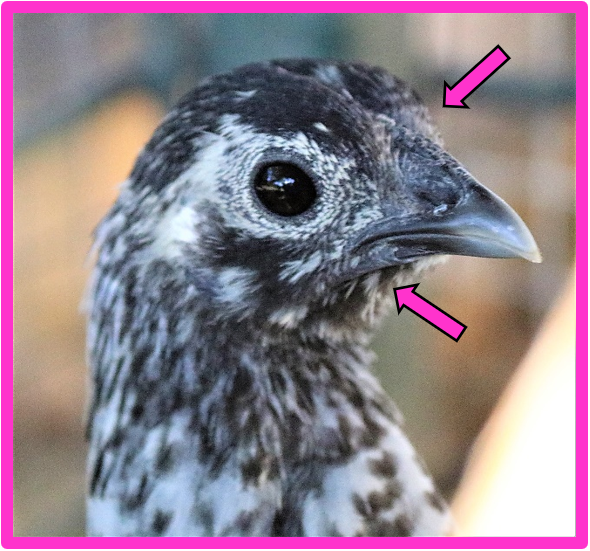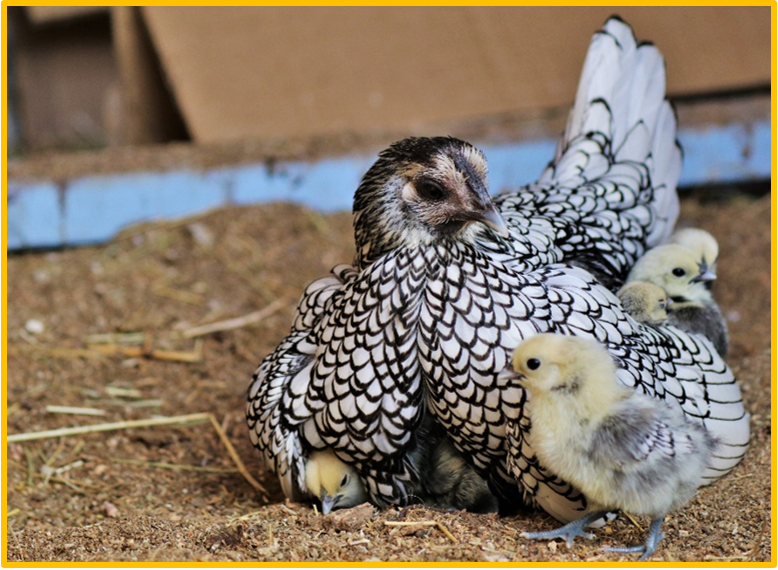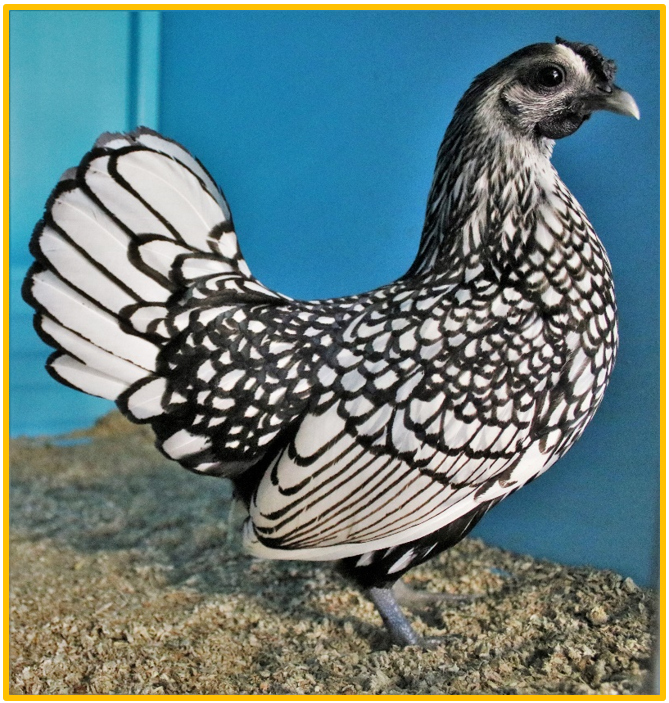Sebrights – A Profile
Unique bantams with quirky personalities and beautiful looks, the Sebright has it all as far as I’m concerned! Let me share my take on the breed and what makes them so special.
Sebrights are what is called a true bantam, that is, they only come in miniature with no large fowl version. I’ve got to know this breed over the last ten years and find the birds and their history fascinating. They were the breed that kicked off my poultry showing career and interest in breeding poultry so yeah, I’m a bit biased with my view of just how good they are!

Brief History
This breed is over 200 years old! They were created by Sir John Saunders Sebright in the early 1800s, a man who was extremely knowledgeable in domestic animal genetics and breeding. This man was so well known that Charles Darwin even referred to his work! They were originally bred to be tiny birds, only 500-600 grams but most examples of the breed today are a bit heavier.
Colours
The breed comes in two recognised colours in Australia: gold and silver.
Egg Laying
Small white or cream eggs. Even though the eggs are small, I’ve found that my hens lay considerably well and will continue to lay in winter longer than my large fowl. That being said, this breed is definitely an ornamental breed and not kept for its egg laying or meat qualities!
Unique Features
One unique feature of the breed is the roosters don’t have the usual male hackle and saddle feathers, so their plumage closely resembles that of the hens. This is known as ‘henny feathering’ in the chook world. This means I completely rely off comb size for sexing my growers, (which amazingly can be done from 4-6 weeks of age) as the boys don’t develop pointed feathers like usual breeds.
Sebrights also vary from your usual hybrid layer through their rose comb and mulberry/purple coloured skin.


The female on the left has no comb or wattle development, whereas the male on the right has noticeable comb and wattle growth
My Experience
Sebrights usually get a bad reputation: flighty, infertile, chicks die easily, poor mums, hard to find quality birds etc. When I first began, I was lucky to find quality stock and good mentors, but I’ve always found my birds to have good fertility and I’ve always selected for robust chicks. Yes, my birds love to stretch their wings (and fly up into trees!), but they’re like any breed, put some time and effort in (and treats!) and they soon settle down. I now have trouble walking around the pens due to the mass of chickens surrounding me wanting a snack!
My Sebrights have broken all the rules, with my hens being fantastic mothers too. It’s such an enriching experience to see your birds lay eggs, go clucky and raise their own offspring! It goes to show that you shouldn’t believe everything you see online or in books! If you’re interested in a particular breed, make sure you get in touch with an experienced breeder and find out the facts firsthand!

Sebrights are becoming more and more popular, so finding quality birds is easier. They make a great addition to any backyard, with their stunning fanned tails and crisp lacing. I implore anyone looking at adding chickens to their flock to contact local breeders and source some interesting chickens, not just boring brown hybrids!

-Breanna Carr, 5th Year Veterinary Science Student.

